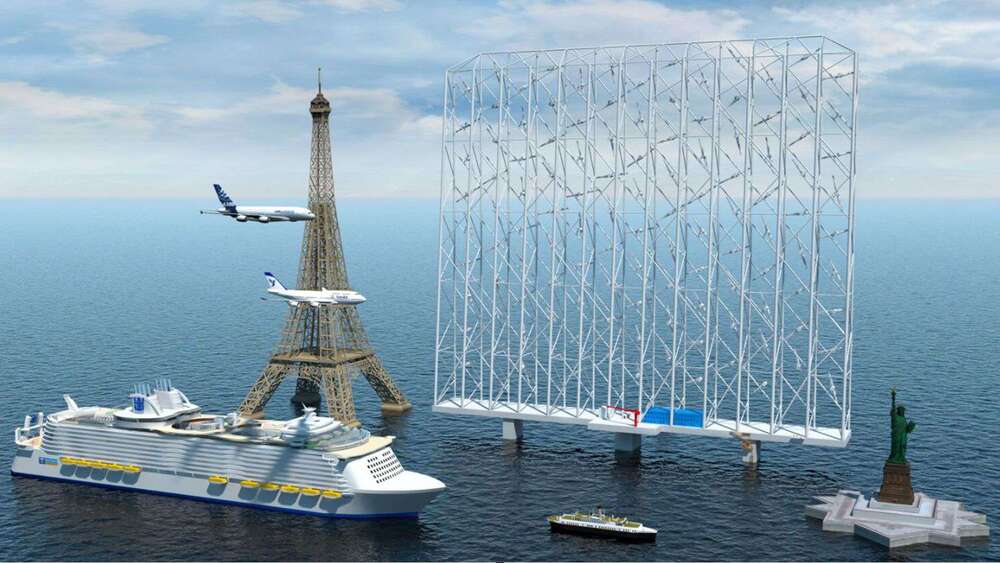Exploiting the natural and energy resources of the moon and asteroids can spark a space-based industrial revolution that could be a boon to all humankind. Pure science alone will be enough reason for the people who pay the bills to finance space exploration. Accessing the wealth that exists beyond the Earth is more than enough incentive for both public and private investment. Science will benefit. Someone will have to prospect for natural and energy resources in space and to develop safe and sustainable ways to exploit it.
Conflict between scientists and commercial space is already happening. Astronomers complain that SpaceX’s Starlink satellite internet constellation is ruining ground-based observation. Some critics fear that commercial exploitation of the moon’s resources will impede the operation of telescopes on the far side of the moon.






